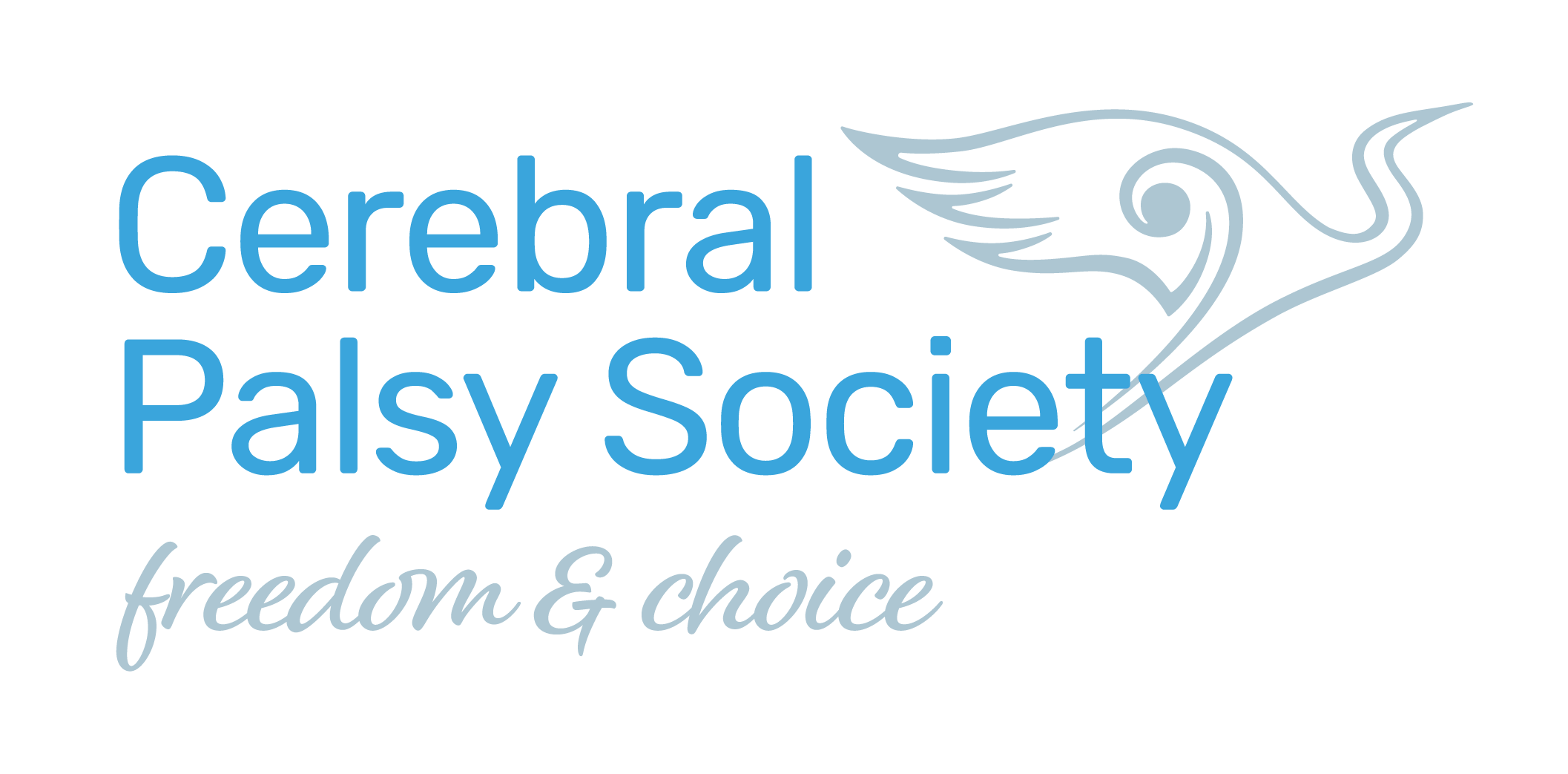Research
What causes Cerebral Palsy?
18 Nov 2017
This is simultaneously one of the most commonly asked, yet difficult to answer, questions of all time. A Norwegian research team recently undertook one of the most comprehensive investigations into the possible role genetics play in the risk of developing Cerebral Palsy. They found some intriguing results. Primarily, that genetics may play a role in being predisposed to risk factors of CP occurring or reoccurring in a family. This is similar to other findings but what makes the Norwegian Population Study unique is the size of the population examined, 2.03 Million Norwegians born between 1967 -2002, of these 3,649 individuals were diagnosed with CP. Only full term infants were included in this study. Prematurity is already known to increase the risk.
Highlights
Approximately 1.8/1000 of the population has some degree of CP.
There is an increased risk of developing CP within families that already have a relative with CP. The risk increases depending on the closeness of the relationship.
Rates of CP are 6x times higher (11/1000) in twins than singletons. Other studies have established the rate as 15x higher (27/1000) in triplets or higher order multiple births.
Having a first degree relative (full sibling with CP) increased the risk of reoccurrence by 6 – 9 fold (16/1000)
Parents with CP had a 6.5 fold risk of having a child with CP (12/1000).
Very weak evidence exists for second and third degree relatives such as cousins and half siblings. It did not matter whether the relationship was on the maternal or paternal side.
Interesting Points
11% of the woman born with CP prior to 1992 went on to have children. Compared to 51% of the general female population.
There was no significant difference between rates of CP amongst male and females
Likely to involve multiple genes that interact with the health of the pregnancy and fetus such as placental health, blood clotting and growth of fetus rather than causing CP outright in and of itself.
The genetic roles for Preterm vs. Full Term are likely to be different. Prematurity is an acknowledged major risk factor but many people with CP are born at or near full term.
Points to Note and Limitations
The subtypes of CP were not addressed. 90% were classified as CP Type not known
This risk factor in these findings even when high is very low in overall terms.
This work is very exciting but there is still a long way to go. If you would like further information please feel free to email me.
Amy Hogan

